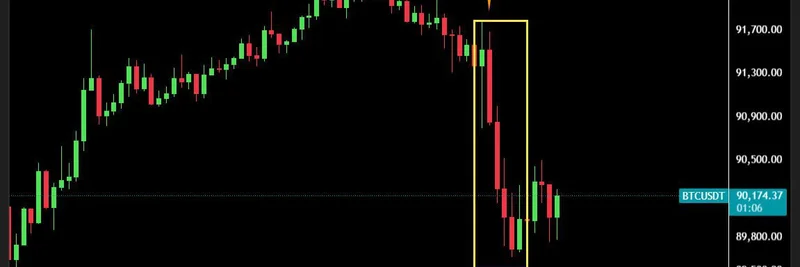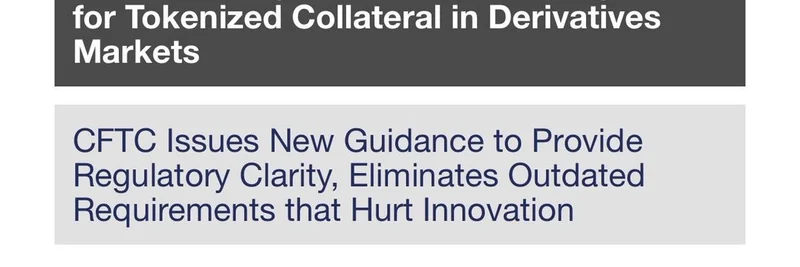Hey there, crypto enthusiasts and privacy buffs! If you’ve been scrolling through X lately, you might have stumbled upon a tweet from Luis Bezzenberger that’s got people talking. Posted on July 5, 2025, at 13:17 UTC, it highlights a bold claim from TechRadar: "The EU wants to decrypt your private data by 2030." But that’s not all—Luis throws in a curveball by comparing it to a nifty Ethereum-based solution. Let’s break it down and see what this means for the world of meme tokens and blockchain tech!
The EU’s Bold Move on Data Privacy
The tweet features an image of a sleek EU building with a striking headline: "The EU wants to decrypt your private data by 2030." This likely ties into ongoing discussions about data privacy laws, like the General Data Protection Regulation (GDPR), which the EU has been tightening over the years. The idea of decrypting private data suggests a potential shift toward more government oversight, possibly to combat cybercrime or ensure compliance. While the 2030 timeline might feel far off, it’s sparking debates about how this could impact personal privacy and encryption standards.
For blockchain practitioners, this raises red flags. Decentralized systems thrive on encryption to protect user data, and any move to weaken it could challenge the ethos of projects like Ethereum. But don’t worry—Luis has a counterpoint that’s worth exploring!
Ethereum’s Time Capsule: A Faster Privacy Fix
Luis points to ethtimecapsule, a project linked to Ethereum’s 10-year anniversary, as a quicker alternative. This on-chain time capsule lets you encrypt your stories or images and set them to decrypt by 2026—way ahead of the EU’s 2030 plan. Built on Ethereum’s blockchain, it uses smart contracts to secure your data, ensuring it stays safe until you (or the network) decide it’s time to unlock it.
This is a game-changer for those worried about centralized control. Unlike traditional cloud storage, which can be accessed by big tech or governments, Ethereum’s decentralized nature means your data is spread across a global network. Plus, it’s a cool way to leave a digital legacy—think of it as a time capsule for the crypto age! The project was even showcased at EthCC, a major Ethereum conference, showing how serious the community is about real-world applications.
Why This Matters for Meme Tokens and Beyond
At Meme Insider, we’re all about keeping you in the loop on meme tokens and blockchain trends. While this tweet doesn’t directly mention meme coins like Dogecoin or Shiba Inu, the privacy debate ties into the broader crypto ecosystem. Meme tokens often rely on community trust and decentralized tech, so any threat to encryption could shake things up. The Ethereum time capsule, on the other hand, shows how blockchain can innovate to protect user interests—something meme token creators might want to take note of.
If the EU pushes forward with decryption plans, it could push more people toward decentralized solutions. Imagine a future where meme token holders use time capsules to lock away exclusive content or voting rights, only revealing them at a set date. The possibilities are endless!
What’s Next?
As of now, the EU’s 2030 plan is still a proposal, and details are murky—stay tuned for updates! Meanwhile, the Ethereum time capsule is live and ready for you to try. Whether you’re a privacy advocate or just curious about blockchain’s creative side, this tweet opens up a fascinating conversation.
Got thoughts on this? Drop them in the comments below or join the discussion on X! And if you want more insights into meme tokens and blockchain tech, explore our knowledge base at Meme Insider. Let’s keep the crypto community informed and inspired!




